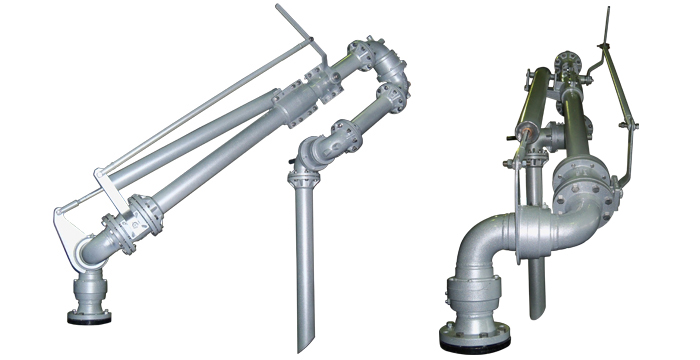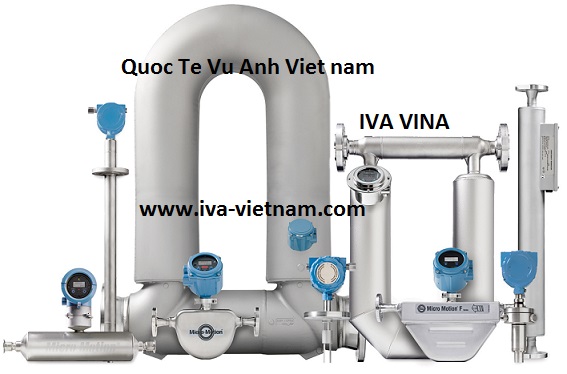| |
 Hướng dẫn mua, sử dụng máy bơm công nghiệp, bơm cứu hỏa, bơm xăng dầu
Hướng dẫn mua, sử dụng máy bơm công nghiệp, bơm cứu hỏa, bơm xăng dầu |
 Hướng dẫn lựa chọn hệ thống định lượng xăng dầu, cần xuất dầu
Hướng dẫn lựa chọn hệ thống định lượng xăng dầu, cần xuất dầu |
 Tư vấn lựa chọn, sử dụng đồng hồ đo lưu lượng, lưu lượng kế đo nước, đo xăng dầu và đo chất lỏng
Tư vấn lựa chọn, sử dụng đồng hồ đo lưu lượng, lưu lượng kế đo nước, đo xăng dầu và đo chất lỏng |
 Hướng dẫn lựa chọn Barrier tự động, bãi đỗ xe tự động
Hướng dẫn lựa chọn Barrier tự động, bãi đỗ xe tự động |
 Tư vấn, thiết kế hệ thống chữa cháy, hệ thống báo cháy tựu động, hệ thống sprinkler tự động TCVN
Tư vấn, thiết kế hệ thống chữa cháy, hệ thống báo cháy tựu động, hệ thống sprinkler tự động TCVN |
 Bí quyết thông thạo các điều kiện Incoterm 2010 trong thương mại quốc tế
Bí quyết thông thạo các điều kiện Incoterm 2010 trong thương mại quốc tế |
|
| |
| |
 Khách trực tuyến: 21 Khách trực tuyến: 21 |
 Lượt truy cập: 2483 Lượt truy cập: 2483 |
|
| |
|
Environmental crisis overtakes Vietnam's economic zones
| Environmental crisis overtakes Vietnam's economic zones |

HANOI - Around 300 industrial plants in Vietnam's key southern economic zones pump out an estimated 200 tonnes of fumes every day and release 200,000 cubic meters of waste water into the Sai Gon-Dong Nai river system, resulting in an environmental crisis of emergency levels.
The region is the focus of the country's economic development, with some 32 industrial and export processing zones in operation - 50 percent of the total.
Environmentalists say the quantity of waste is expected to double in the coming 10 years. That does not include water waste from more than 55,000 small industrial production units, more than half of which are in Ho Chi Minh City. Almost all these units use out-dated technology with no capacity for waste treatment. Experts say waste from these units is polluting water resources, including subterranean water.
Moreover, nearly 380 tonnes of solid waste are turned out every day by the industrial and processing zones, including 76 tonnes of non-biodegradable wastes such as metal, plastics, and chemical packaging.
Experts predict that the volume of solid waste will triple to some 600,000 tonnes per year, while industrial waste in general may increase eight-fold compared to current levels by the year 2010.
Through the 1990s, water quality in the Sai Gon, Dong Nai, and Thi Vai rivers seriously deteriorated, causing a marked drop in biodiversity. Almost all industrial zones in Ho Chi Minh City are located along these rivers. The lives of about 10 million people in the region are seriously affected.
The Bien Hoa zone 1 in Dong Nai - Vietnam's first industrial zone, built in 1963 by the former Saigon regime - has polluted the environment of surrounding areas, particularly the Dong Nai River, beyond recognition, due to obsolete technology and absence of the most basic waste treatment.
Dong Nai Province as yet has no master plan to deal with its solid waste. The province's only environment service company refuses to collect and treat waste from a number of factories located in the province.
Experts say that no one can quantify the extent of the damage caused by the poisonous waste dumped in the rivers that run through Ho Chi Minh City to the nearby provinces of Binh Duong, Dong Nai and Binh Phuoc.
Environmentalists have been unable to implement solutions to the pollution in such industrial and processing zones, despite efforts made by many relevant agencies and sectors from the central to grassroots levels. Many seminars and conferences have been held, and hundreds of scientific schemes to prevent pollution and restore the environment have been outlined. In addition, provinces in the region, including Ho Chi Minh City, Dong Nai, Ba Ria, Vung Tau and Binh Duong, have put forward plans and programs to protect their environment. However, nothing appears to have been done and no improvement is evident, say experts.
Several years ago, environmentalists outlined a scheme for these provinces to build into their investment policies measures to protect the environment and punish investors who cause pollution, but no agreements were reached. As a result, although toxic and irresponsible industries have been rejected by certain provinces, they are welcomed by others with slacker procedures.
According to deputy director of the Institute for Tropical Technique and Environmental Protection, Le Trinh, environmental protection measures to be incorporated into industrial development plans were outlined years ago, and scientists had proposed that the government formulate a national strategic masterplan on environmental protection alongside socio-economic development plans for each region. But all advice has been ignored by the governments and companies responsible
Trinh says the government should bear responsibility for this because experiences from many Asian and Pacific countries, and the existing problems in the southern industrial and processing zones, show that environmental protection plans made by localities do not ensure a common environmental standard for the country in the future.
He says that no province where the dangerous industrial zones are located has the capacity to build or enforce a strategic master plan for environment protection. Only the Ministry of Science, Technology and Environment can provide solutions to the problem.
(Asia Pulse/VNA)
|
| |
|
| Hotline:
0989.886.889 |
| Bán hàng Online (Mr Tuân) |
| Bán hàng Online (Ms Xuân) |
| Bán hàng Online (Mr Tú) |
| Bán hàng Online (Ms Thủy) |
| Bán hàng Online (Mr Huy) |
| Chăm sóc khách hàng (After Sales) |
| Admin: tu.hm@vietnam-pump.com |
| |
| |
|
 Hướng dẫn mua, sử dụng máy bơm công nghiệp, bơm cứu hỏa, bơm xăng dầu
Hướng dẫn mua, sử dụng máy bơm công nghiệp, bơm cứu hỏa, bơm xăng dầu




















